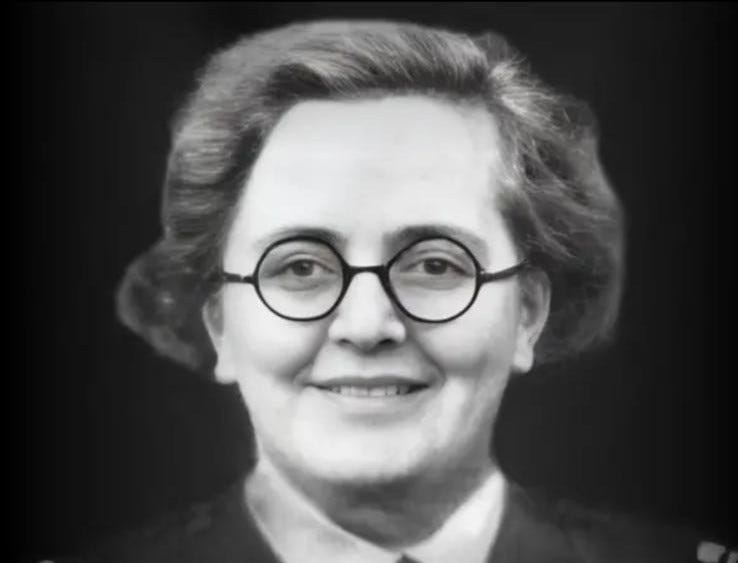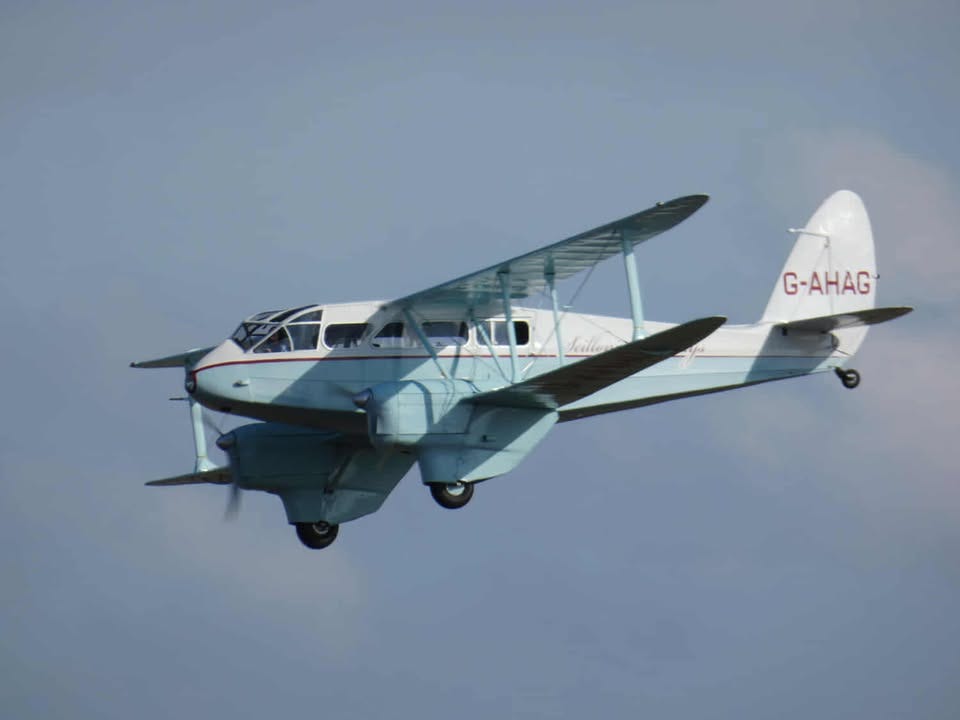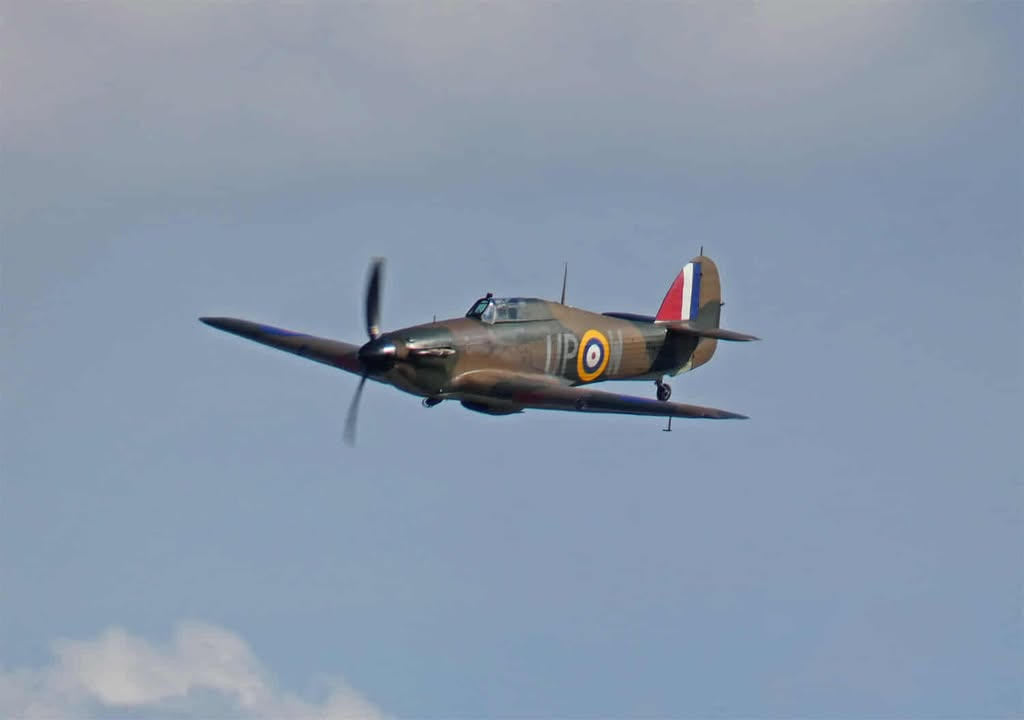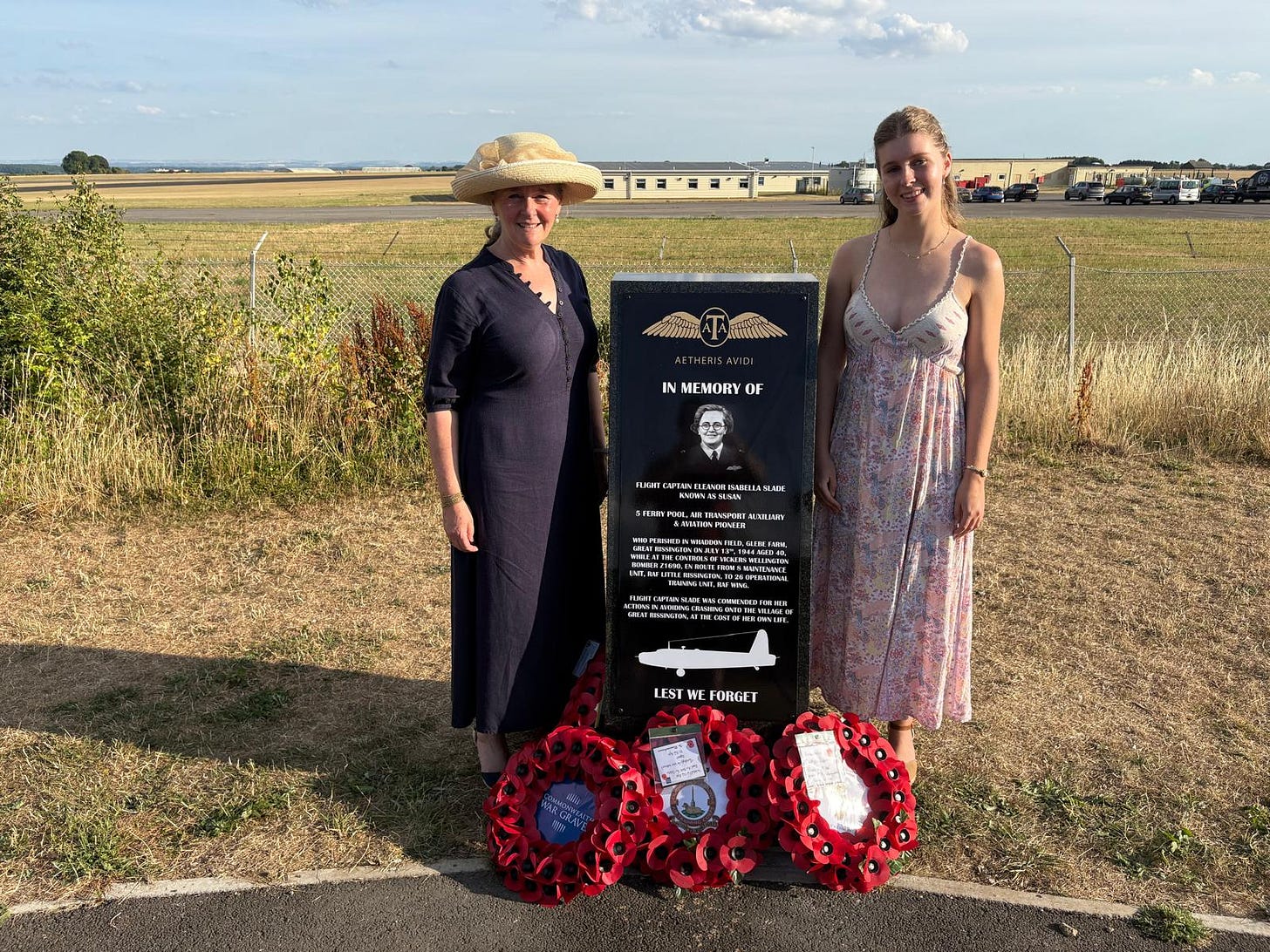Memorial unveiled to honour forgotten WW2 pilot
In the heart of the Cotswolds, Flight Captain Susan Slade's sacrifice is remembered
On a day of glaring heat, strong sunshine and lots of drinking water for those in uniform, a forgotten female pilot has been remembered with a memorial unveiled close to where the plane she was flying crashed.
Flight Captain Eleanor Isabella ‘Susan’ Slade, known as Susan Slade, was working in the Air Transport Auxiliary (ATA) when her Vickers Wellington bomber crashed in a field on 13 July 1944.
On this day, Susan was tasked to fly the aircraft from RAF Little Rissington to a training unit at RAF Wing at Aylesbury. She took off in a small group but the aircraft veered to the right and crashed in Whaddon Field on Glebe Farm.
The remarkable story is a Special Sergeant, who saw the accident, asserted that Susan deliberately steered the Wellington away from Great Rissington village, saving the lives of others. The plane burst into flames and Susan, aged 40, was buried five days later, near her father in Stokenchurch, Buckinghamshire.
An inquiry was held, at which no cause for the crash could be identified, there was no evidence of engine failure and elevator or elevator trim was suspected.

Compelled to set up a memorial
It was late last year when Royal Air Force Air Cadets 136 Chipping Norton Squadron began efforts to fundraise for a memorial. A memorial to the Air Transport Auxiliary is extremely rare, especially to a female member, as only 15 died in wartime service.
None of this would have been possible without the efforts of Cadet Sergeant Bailea Harrison who researched Susan’s life as part of a Commonwealth war graves project in 2020, aged 13.
Finding that there was no mention to Susan alongside names of male counterparts at St Peter’s Church in Little Rissington, Bailea tracked down Susan’s living relatives and gained support from the Royal British Legion to install the memorial.
Now 17, Bailea said: “This journey has been tough but also exciting. Although Susan didn’t come from The Rissingtons at all, the community can remember her as someone who took a brave choice. I hope the community can think of Susan as one of their own and commemorate her sacrifice.”
Jeff Harrison, Bailea’s father and civilian instructor with Chipping Norton squadron said: “It’s surreal that we’ve gone from a simple conversation to create this memorial to now having an actual memorial to Susan. The amount of support we have felt from the community, veterans and people interested, it is humbling. I’m very proud that the efforts of Bailea are now fulfilled.”
Officer Commanding, Jason McCann (in a further video interview below) said he’s “very proud as a squadron commander” on the work Bailea has done. “She should be very proud of herself. The incredible sense of community spirit today speaks for itself.”

Remembering Susan
Words were spoken at the memorial dedication service by John Webster of the Air Transport Auxilliary Association, Reverend Hannah Allen, family member and historian Catherine Beale and Steve Kingsford from Chipping Norton Royal British Legion.
Susan’s niece Susie Slade, who was born a year after Susan’s death and named after her aunt, unveiled the memorial.
The Last Post was played as well as a two minutes silence, wreaths laid in remembrance including the Commonwealth War Graves Commission, and a flypast to remember Susan.
Susie said: “We’re remembering an extraordinary woman who has been forgotten for a long time. For a young cadet to come up with this idea and get this all together, it’s wonderful.”
Historian Catherine Beale’s husband Edmond Beale was a great nephew to Susan Slade. Catherine (in the video below) knows the personal history when Susan applied to join the ATA in 1939.
Catherine said: “People’s lives get lost in numbers and it’s really good to take one of the numbers out and look at one story more closely.”
She was 35 and already had 579 hours of flying on her log, in Britain, France, Germany, Italy, Netherlands, Belgium, Hungary, Poland and Switzerland.
In September 1931, she won the main race of Britain’s first all-women’s flying meeting at Sywell Aerodrome, Northamptonshire, in a thrilling finish described by one gentlemen spectator as “too exuberant”.
Earlier that year she was photographed at Reading, competing with, amongst others, Amy Johnson and Pauline Gower, later the ATA women’s Commander in Chief.


Perhaps most memorably, she landed in 1938, with her sister Betsy at what they thought was Salzburg but was in fact Berchtesgaden. The astonished guards, not knowing what to do with them, gave the young ladies a tour of Adolf Hitler’s private apartments. But then came war, and by the Battle of Britain in summer 1940, a desperate shortage of pilots.
Susan reported to the women’s ATA base at Hatfield, Hertfordshire on 1 November 1940 and remained there through 1941. From June 1942, she moved to No. 15 Ferry Pool at Hamble for two months, then in August, transferred permanently to No. 5 Ferry Pool. This was at Luton, and from mid-May 1943, at RAF Thame, at Haddenham aerodrome, near Aylesbury, Buckinghamshire.
She progressed from single to twin-engine planes, ultimately becoming a Class 4+ pilot, qualifying her to fly medium bombers. In total Susan ferried thirty different types of aircraft, including the Harvard, Battle, Oxford, Hurricane, Fairchild, Spitfire, Blenheim, Mustang, Typhoon and Mosquito for a total of 223 hours.
Susan’s loss was felt keenly by the ATA, particularly by No 5 Ferry Pool. RAF Thame was where, from mid-1943, young women trained who had joined the ATA with no prior experience of flying. Susan was Officer in Charge of Women Personnel.
For many, it was their first time away from home, and although exciting, it could also be daunting. Many of them welcomed Susan’s greater experience of flying and of life, besides her personal warmth. One, June Gummer, recalled, over fifty years on, in 1997, “Suzey looked after us. She was a delightful person. We were all shattered by her death.”
A final word goes to John Webster from the Air Transport Auxiliary Association, who had the privilege to attend the memorial’s unveiling.
During World War II, the ATA played a crucial role in delivering aircraft and supplies. A dedicated museum in Maidenhead in Berkshire, details how ATA pilots, both men and women from various countries, ferried over 309,000 aircraft of 147 different types between factories, maintenance units, and front-line squadrons. This freed up Royal Air Force (RAF) pilots for combat roles.
John said: “It means a great deal to me, the association, and anyone involved in the ATA because it keeps its story alive. This is a very rare memorial where there are several that honour the fallen in the crypt at St Paul’s Cathedral, but ones dedicated to a particular individual, this is a powerful story.
“What Bailea has done through her hard work pleases me a great deal. It is very enlightening to see young cadets getting involved in the unveiling and learning about what the ATA did during the war.”






This is a great story. Thank you for sharing it, and doing it so well.